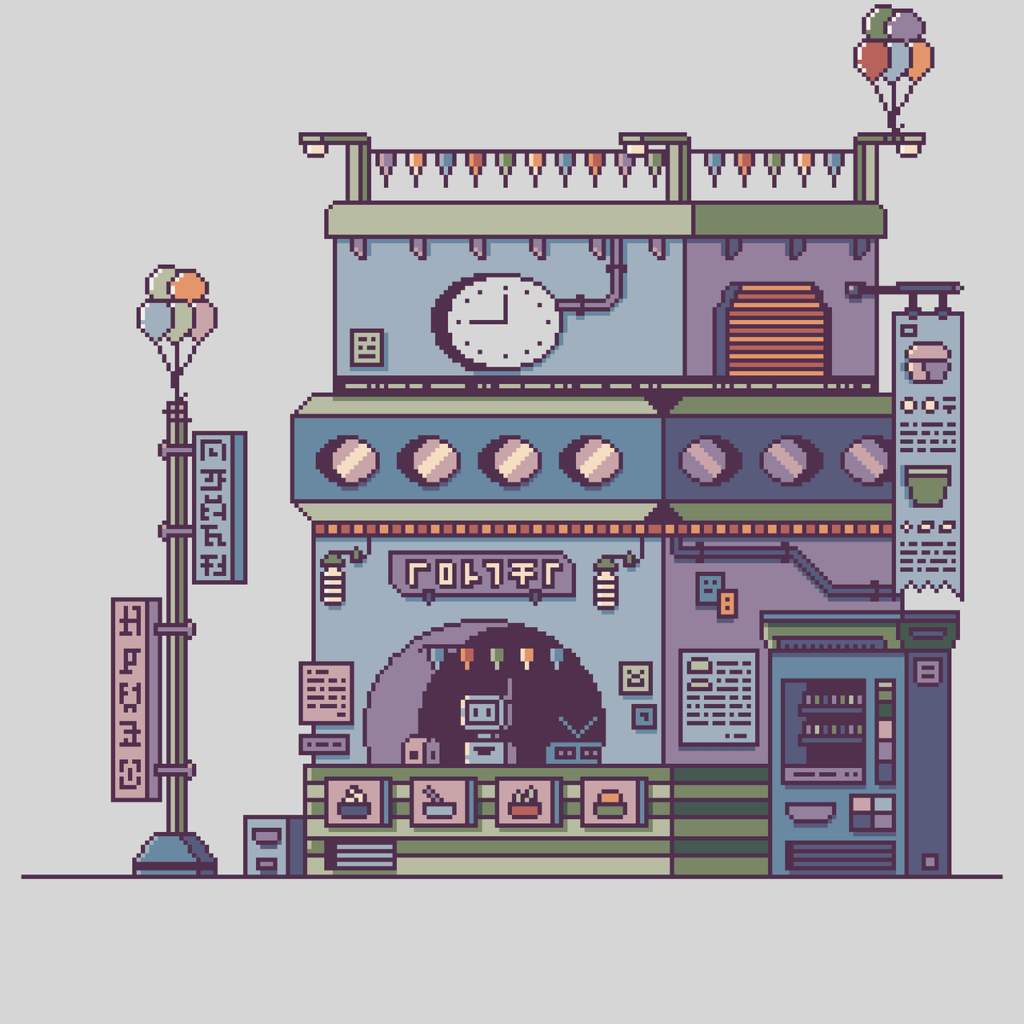How Do You Compose Music For A Video Game?
Welcome to our exploration of the intricate and exciting world of video game music composition! In “How Do You Compose Music For A Video Game?” we delve into the process of creating the perfect soundtrack that enhances gameplay and immerses players in the game’s universe. We’ll cover everything from the initial brainstorming and thematic development to the technical aspects of incorporating music seamlessly within the game. By understanding the collaborative efforts and creative techniques involved, we aim to inspire and inform aspiring composers on this fascinating journey. Let’s discover together how memorable video game scores come to life! Have you ever wondered how to compose music for a video game? Creating the perfect soundtrack for a video game can feel like an intricate dance between creativity and technical precision. We want to take you on a journey through this fascinating process, helping you understand every step along the way. So, let’s dive into the world of video game music composition and explore how we can bring virtual worlds to life with our musical talents.

Understanding the Role of Music in Video Games
Music in video games isn’t just an afterthought; it’s a fundamental component that enhances the overall player experience. It sets the mood, conveys emotion, and supports the narrative.
Why Music is Important in Video Games
Music can make or break a gaming experience. Consider your favorite games—how many of them have iconic soundtracks? The music often sticks with us long after we put down the controller, creating lasting memories and deep emotional connections.
The Different Types of Music in Video Games
Video games can feature a variety of musical styles, each serving a different purpose. Some games have ambient music to build atmosphere, others have high-energy tracks to pump up the action, and some even employ leitmotifs to represent characters or themes.
Example of Different Music Types in Video Games
| Type of Music | Purpose in Video Games | Example Games |
|---|---|---|
| Ambient Music | Creates atmosphere and immerses the player | “The Legend of Zelda: Breath of the Wild” |
| Action Music | Intensifies thrilling and high-stakes gameplay moments | “DOOM” |
| Character Leitmotif | Represents individual characters or themes | “The Legend of Zelda: Ocarina of Time” |
Knowing Your Game’s Genre and Setting
Before we begin composing, we need to understand the game’s genre and setting. This knowledge will guide our creative decisions and ensure our music fits the game world perfectly.
Researching the Game
Just like any good musical project, a strong foundation starts with research. We need to immerse ourselves in the game’s storyline, characters, environments, and gameplay mechanics. Watching gameplay videos or reading the game’s scripts can be incredibly helpful.
Identifying the Core Themes
Every game has core themes that reflect its essence. Identifying these themes will guide us in capturing the right emotions and tones in our music. A horror game will have different musical needs compared to a cheerful puzzle game.
Collaboration with the Game Development Team
Creating music for a video game isn’t a solo endeavor. Collaboration with other members of the game development team is crucial for aligning our vision with theirs.
Building Relationships with Developers
We should build strong relationships with developers, directors, and other team members. Regular communication will help us understand their needs and expectations, and it allows us to stay updated on any changes to the game’s direction.
Receiving and Incorporating Feedback
Feedback is a valuable tool in refining our compositions. We must remain open to suggestions and be willing to make changes. Iterative processes often lead to the best results.
Technical Aspects of Composing Video Game Music
Now we delve into the technical aspects of composing video game music. This involves understanding how our music will be implemented and ensuring it meets the technical requirements of the game.
Understanding Interactive and Dynamic Music
Video game music differs from traditional compositions because it needs to be adaptable. Interactive and dynamic music changes based on the player’s actions, creating a seamless and immersive experience.
Interactive Music Breakdown
| Type of Interactive Music | Description | Example |
|---|---|---|
| Adaptive Music | Changes based on game state (e.g., combat vs. exploration) | “The Legend of Zelda: Breath of the Wild” |
| Branching Music | Varies depending on player choices | “The Witcher 3: Wild Hunt” |
| Layering Music | Adds or removes layers as gameplay intensity changes | “Dead Space” |
Composing Loops and Stingers
Writing loops and stingers is essential for creating cohesive video game music. Loops are pieces of music that repeat seamlessly, while stingers are short musical phrases that mark transitions or events.
Tips for Creating Effective Loops and Stingers
- Loops: Ensure they loop smoothly without noticeable breaks. Use techniques like crossfading to achieve this.
- Stingers: Make them memorable and impactful, enhancing key moments in gameplay.

Tools and Software for Video Game Music Composition
To compose music for video games, we need the right tools. There are numerous software options available, each offering a range of features to aid our creative process.
Digital Audio Workstations (DAWs)
DAWs are the primary tools we use for composing and producing music. They provide a platform for recording, editing, and mixing audio. Popular DAWs include:
- Ableton Live: Known for its intuitive interface and powerful live performance features.
- Logic Pro X: Offers extensive virtual instruments and effects, favored by many composers.
- FL Studio: A versatile tool with a user-friendly interface, suitable for beginners and professionals alike.
Virtual Instruments and Sample Libraries
These tools provide a wide array of sounds and instruments that can be used to create our compositions. They are essential for adding depth and variety to our music.
- Kontakt by Native Instruments: Offers a vast library of sampled instruments.
- Serum by Xfer Records: A powerful synthesizer known for its high-quality sounds.
- Spitfire Audio Libraries: Provide realistic orchestral samples ideal for cinematic scores.
The Composition Process Step-by-Step
Now that we’re equipped with knowledge and tools, let’s walk through the step-by-step process of composing video game music.
Step 1: Setting Up Your Work Environment
A comfortable and organized workspace can significantly boost our productivity. This includes setting up our DAW, organizing our virtual instruments, and ensuring our hardware (keyboard, speakers, etc.) is ready to go.
Step 2: Brainstorming and Sketching Ideas
We’ll start by brainstorming and sketching musical ideas. This is a crucial step where we explore different themes, melodies, and harmonies that may fit our game.
Step 3: Composing the Main Theme
The main theme is often the heart of a video game’s soundtrack. It should be memorable and reflective of the game’s overall tone.
Tips for Crafting an Effective Main Theme
- Melody: Create a melody that is both catchy and emotionally resonant.
- Harmony: Use harmonies to enhance the mood and support the melody.
- Instrumentation: Choose instruments that complement the game’s setting and style.
Step 4: Developing Additional Tracks
After the main theme, we’ll develop additional tracks tailored to different aspects of the game, such as combat, exploration, or specific characters.
Example Breakdown of Game Tracks
| Type of Track | Purpose | Considerations |
|---|---|---|
| Combat Music | To intensify the action and excitement | High tempo, driving rhythms |
| Exploration Music | To create a sense of wonder and peace | Ambient sounds, slower tempo |
| Character Themes | To represent specific characters | Unique instruments, distinctive motifs |
Step 5: Creating Loops and Stingers
We’ll compose loops and stingers to ensure smooth transitions and dynamic changes in the music.
Step 6: Mixing and Mastering
Mixing and mastering are critical steps in polishing our compositions. Mixing involves adjusting the levels, EQ, and effects for each track, while mastering enhances the final mix to ensure it sounds good on all playback systems.
Step 7: Implementing the Music into the Game
Once our compositions are ready, the final step is implementing the music into the game. This often involves working with the game’s sound designer to ensure the music is integrated correctly and functions as intended.

Tips and Best Practices for Composing Video Game Music
To wrap up, here are some tips and best practices to help us excel in composing video game music.
Stay Organized
Keeping our files and projects organized will save us time and prevent headaches down the line. Labeling tracks clearly and maintaining a structured folder system can make a huge difference.
Stay Open to Learning
The world of video game music is ever-evolving. We should stay open to learning new techniques, tools, and trends to keep our skills sharp and our compositions fresh.
Networking and Building a Portfolio
Building a network within the gaming and music industries can open doors to new opportunities. A strong portfolio showcasing our best work can also help us attract potential clients or collaborators.
Seek Inspiration From Other Mediums
While video game music has its own unique qualities, drawing inspiration from other mediums like films, TV shows, and even nature can enrich our musical creations.
Conclusion
Composing music for a video game is a multifaceted process that blends creativity, collaboration, and technical expertise. By understanding the role of music in games, collaborating effectively with development teams, using the right tools, and following a structured composition process, we can create captivating and memorable soundtracks. Whether we’re seasoned composers or just starting out, the journey of creating video game music is as rewarding as the games themselves. Let’s get started and bring new worlds to life with our melodies!



